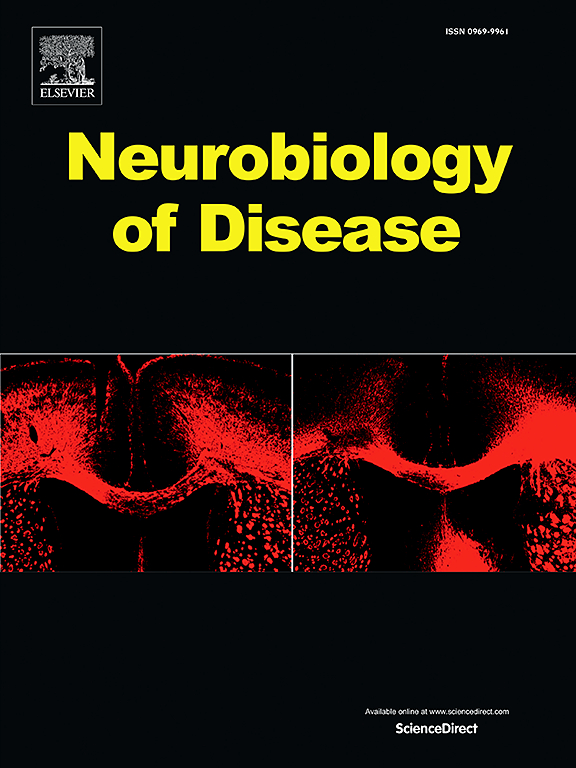Unraveling Parkinson's disease motor subtypes: A deep learning approach based on spatiotemporal dynamics of EEG microstates
IF 5.6
2区 医学
Q1 NEUROSCIENCES
引用次数: 0
Abstract
Background
Despite prior studies on early-stage Parkinson’s disease (PD) brain connectivity and temporal patterns, differences between tremor-dominant (TD) and postural instability/gait difficulty (PIGD) motor subtypes remain poorly understood. Our study aims to understand the contribution of altered brain network dynamics to heterogeneous motor phenotypes in PD for improving personalized treatment.
Methods
Electroencephalography (EEG) microstate dynamics were firstly used to capture spatiotemporal brain network changes. A deep learning model was developed to classify PD motor subtypes where spatial variability and electrode location data were incorporated into the analysis.
Results
Compared to healthy individuals, both PD-TD and PD-PIGD patients showed increased local segregation of brain regions. The PD-PIGD subtype had more severe and extensive disorganization in microstate A dynamics, suggesting greater disruption in auditory and motor-related networks. Incorporating spatial information significantly improved the accuracy of subtype classification, with an AUC of 0.972, indicating that EEG microstate dynamic spatial patterns reflect distinct PD motor pathologies. The increased spatial variability in the PD-PIGD group was more closely associated with motor impairments.
Conclusions
This study presents a novel framework for differentiating PD motor subtypes and emphasizes dynamic brain network features as potential markers for understanding motor symptom variability in PD, which may contribute to the development of personalized treatment strategies.
Trial registration: ChiCTR2300067657.

揭示帕金森病运动亚型:基于脑电图微观状态时空动态的深度学习方法
尽管先前有关于早期帕金森病(PD)大脑连通性和时间模式的研究,但震颤显性(TD)和姿势不稳定/步态困难(PIGD)运动亚型之间的差异仍然知之甚少。我们的研究旨在了解改变的脑网络动力学对PD异质性运动表型的贡献,以改善个性化治疗。方法首次利用脑电微态动态技术捕捉脑网络的时空变化。开发了一种深度学习模型来分类PD运动亚型,其中空间变异性和电极位置数据被纳入分析。结果与健康个体相比,PD-TD和PD-PIGD患者均表现出局部脑区分离增加。PD-PIGD亚型在微观状态A动力学中具有更严重和更广泛的紊乱,表明听觉和运动相关网络受到更大的破坏。结合空间信息显著提高了亚型分类的准确率,AUC为0.972,说明脑电微态动态空间模式反映了不同的PD运动病理。PD-PIGD组空间变异性的增加与运动障碍更密切相关。结论本研究提出了区分PD运动亚型的新框架,并强调动态脑网络特征是理解PD运动症状变异性的潜在标志,这可能有助于制定个性化的治疗策略。试验注册:ChiCTR2300067657。
本文章由计算机程序翻译,如有差异,请以英文原文为准。
求助全文
约1分钟内获得全文
求助全文
来源期刊

Neurobiology of Disease
医学-神经科学
CiteScore
11.20
自引率
3.30%
发文量
270
审稿时长
76 days
期刊介绍:
Neurobiology of Disease is a major international journal at the interface between basic and clinical neuroscience. The journal provides a forum for the publication of top quality research papers on: molecular and cellular definitions of disease mechanisms, the neural systems and underpinning behavioral disorders, the genetics of inherited neurological and psychiatric diseases, nervous system aging, and findings relevant to the development of new therapies.
 求助内容:
求助内容: 应助结果提醒方式:
应助结果提醒方式:


